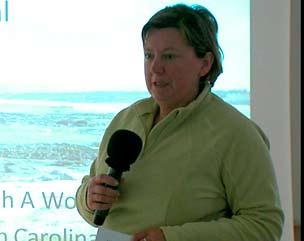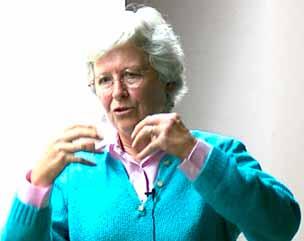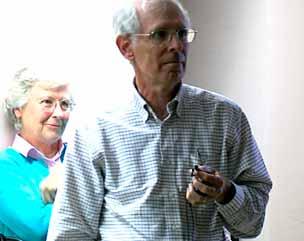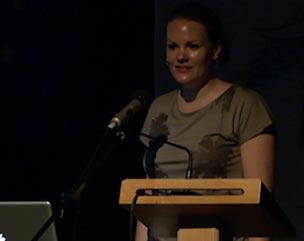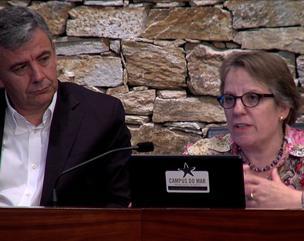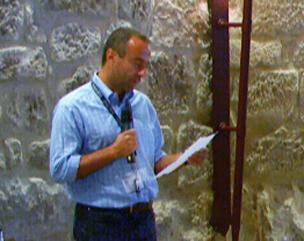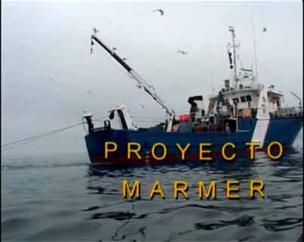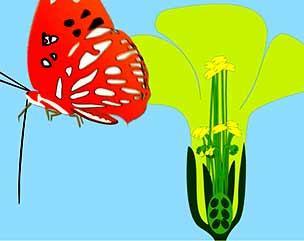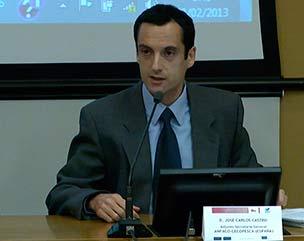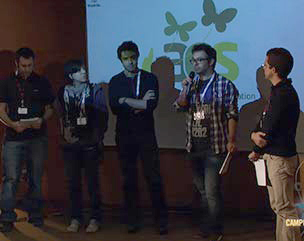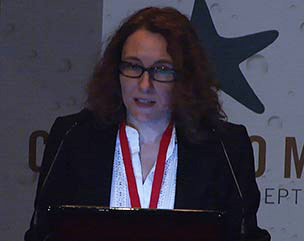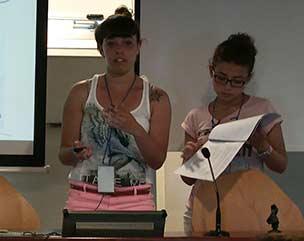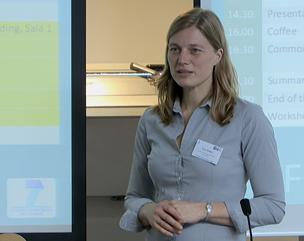Bivalves as hydraulic ecosystem engineers versus wimps of the flat
In 2010 we proposed that organisms living in sediments could be categorized according to the
frequency, direction and strength of their hydraulic activities within the sediments and that this
axis was likely to be as significant in driving community dynamics as sediment turnover or organism
mobility. Data on the impact of bioadvection on the availability of transport of both nutrients
and heat were presented to support our claim (Woodin et al. 2010). We further proposed that
infauna could be characterized by the complexity and magnitude of their hydraulic activities.
Specifically, tellinid bivalves, arenicolid polychaetes and thalassinid crustaceans were suggested to
be enormously important in terms of porewater movement and those hydraulic activities might be
more important than sediment turnover, the typical focus of research on infauna. In contrast, we
proposed that suspension feeding bivalves in general were at the opposite end of the bioadvective
gradient, having simple hydraulic signals of low magnitude. Planar optode plus pressure sensor data
from common bivalves of intertidal flats of New Zealand, Germany, and the Pacific northwest of the
United States are used here to illustrate that our original proposal appears to be correct. Activities of
tellinid bivalves result in strong pressure changes within the sediment that are uniquely associated
with a range of behaviors and are bidirectional. In contrast, excluding initial burrowing, the activities
of a suspension-feeding venerid bivalve do not result in strong pressure changes though brief
pressure pulses are seen during feeding.
-
: Dr. Sally WoodinUniversity of South Carolina, USA

